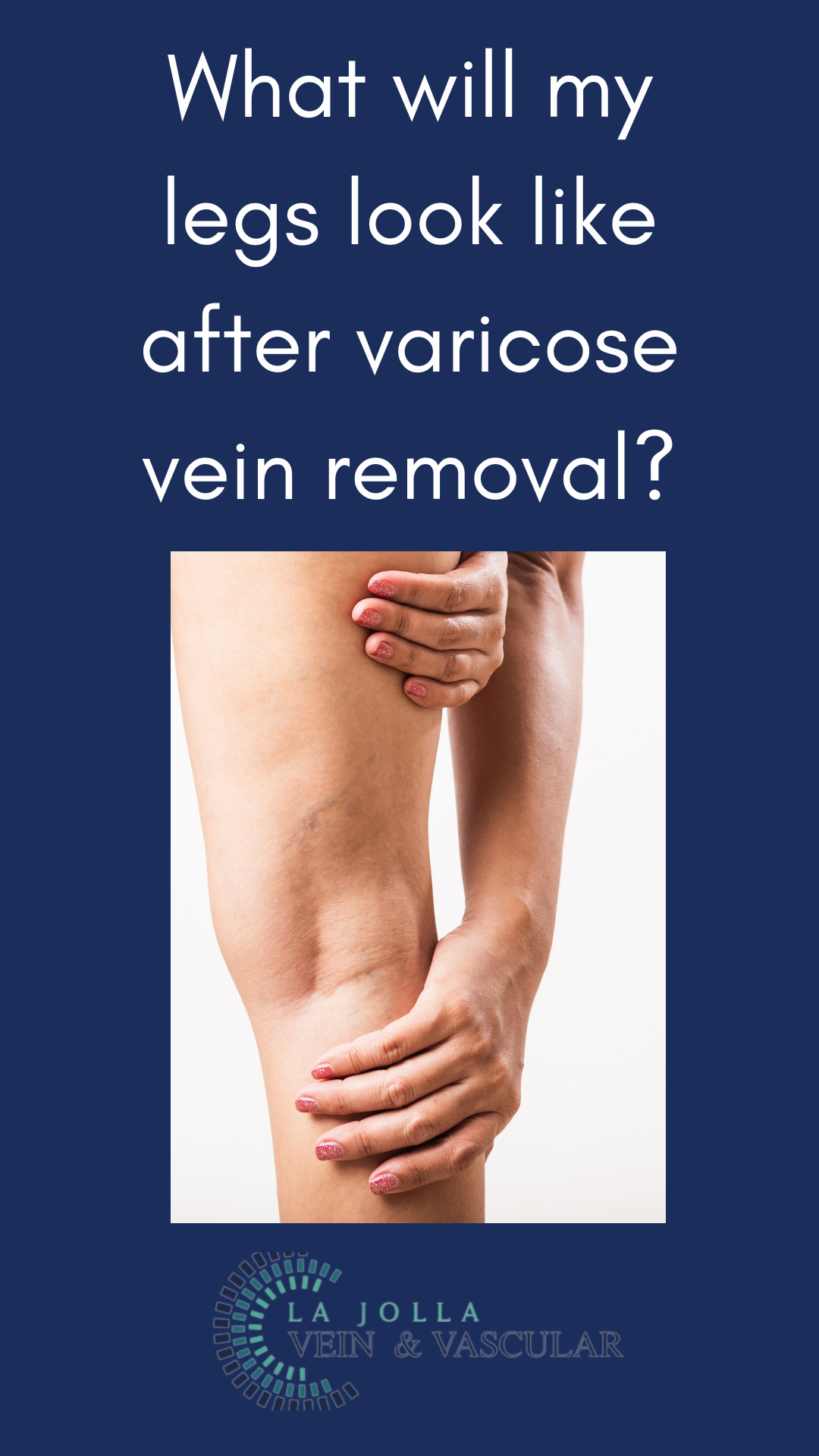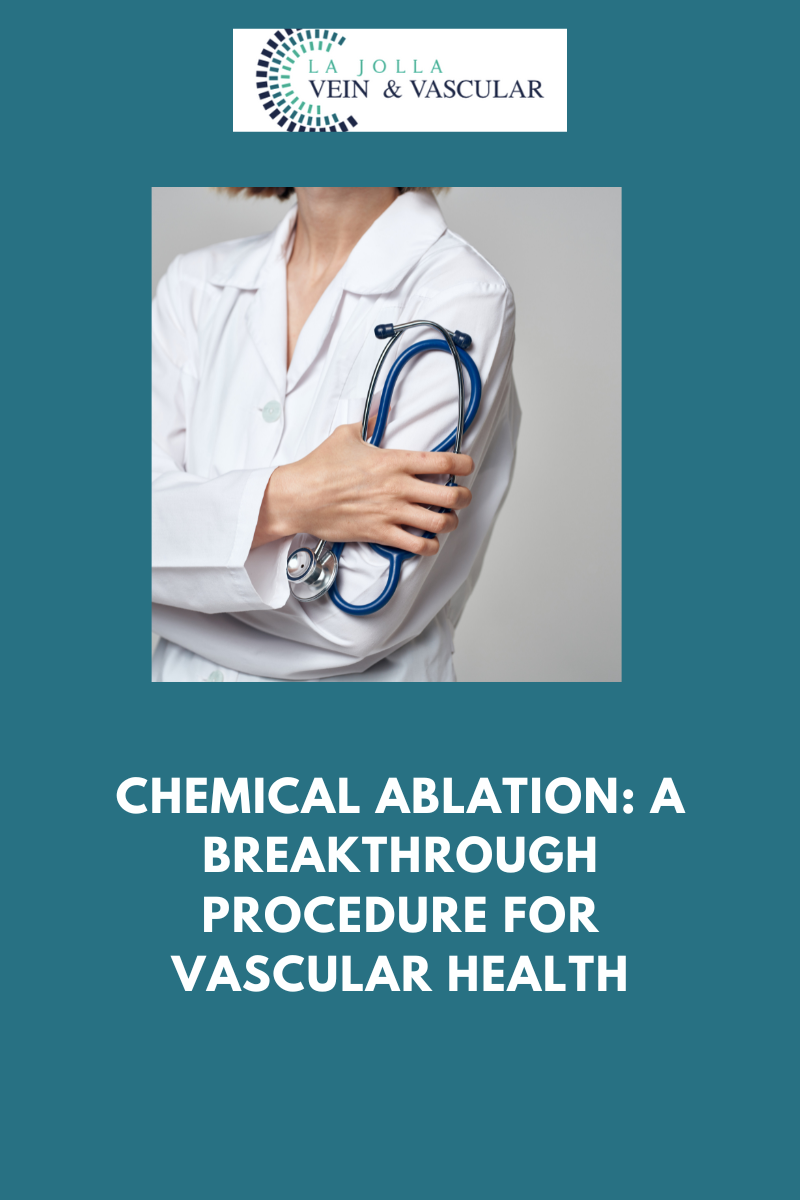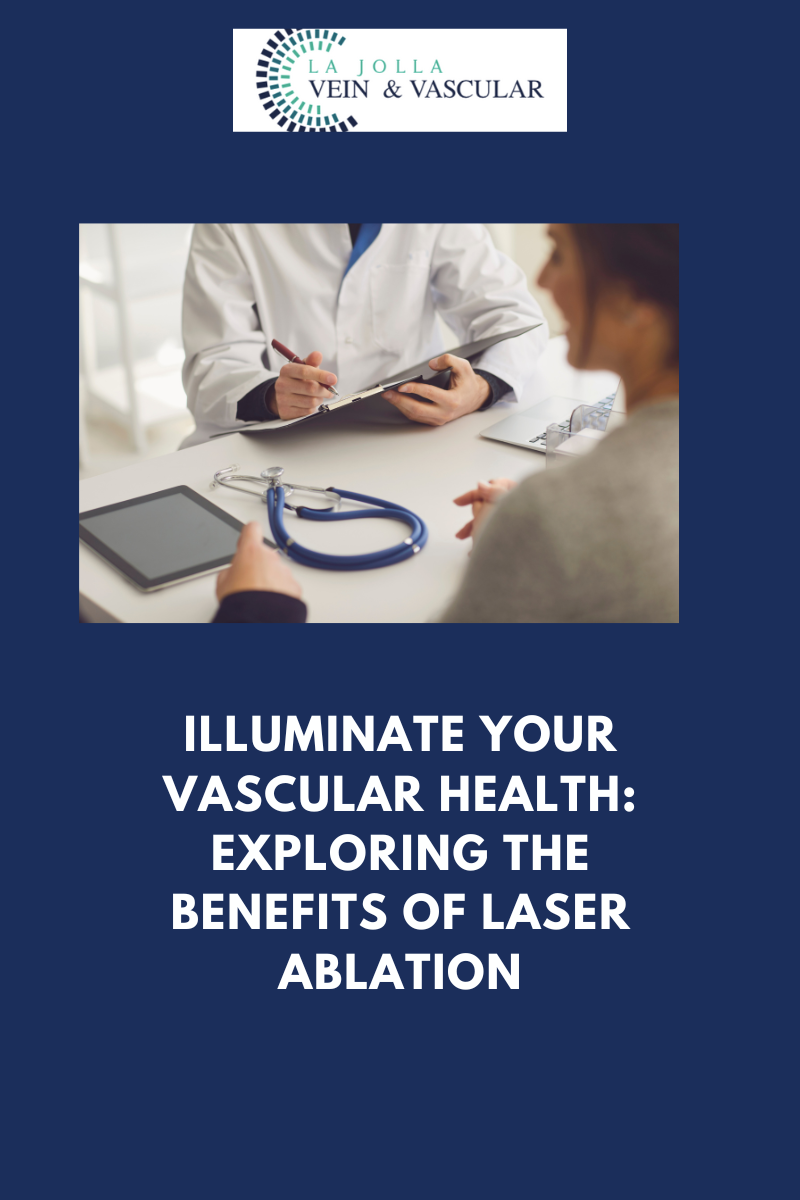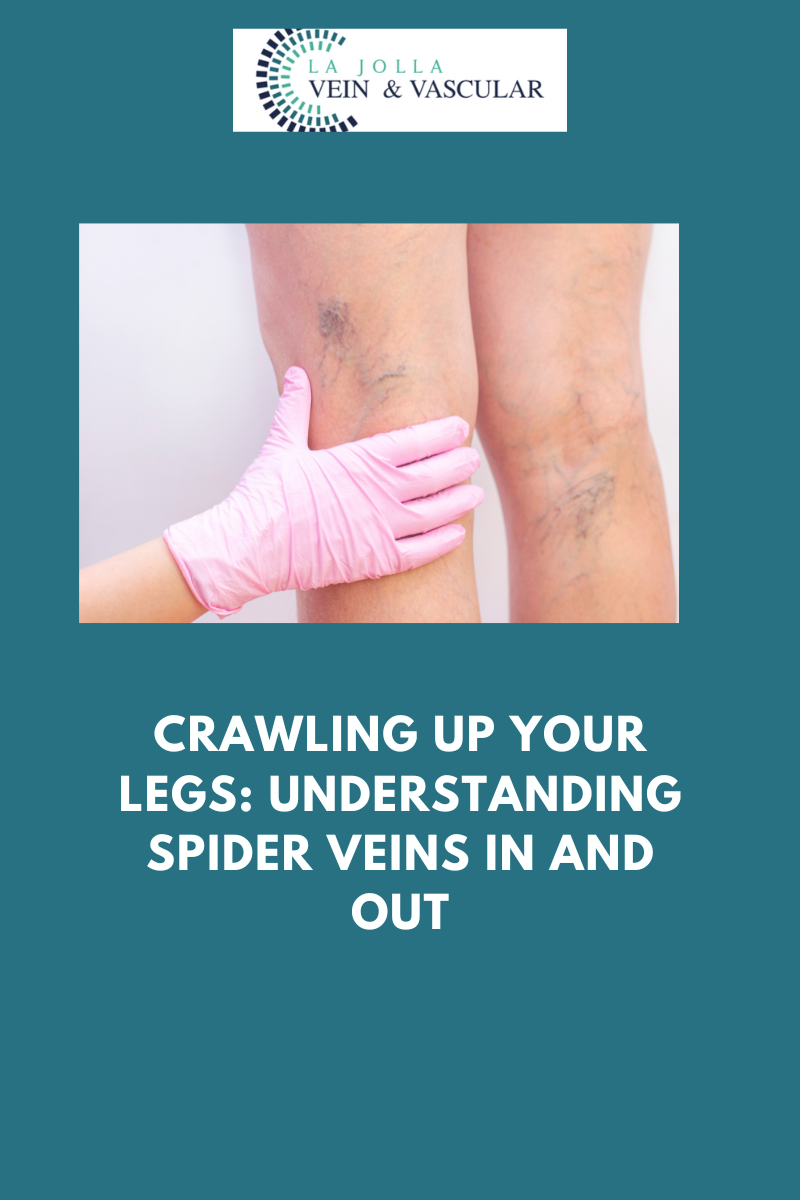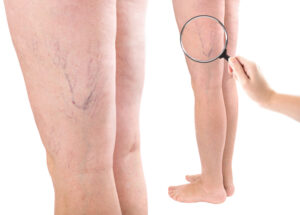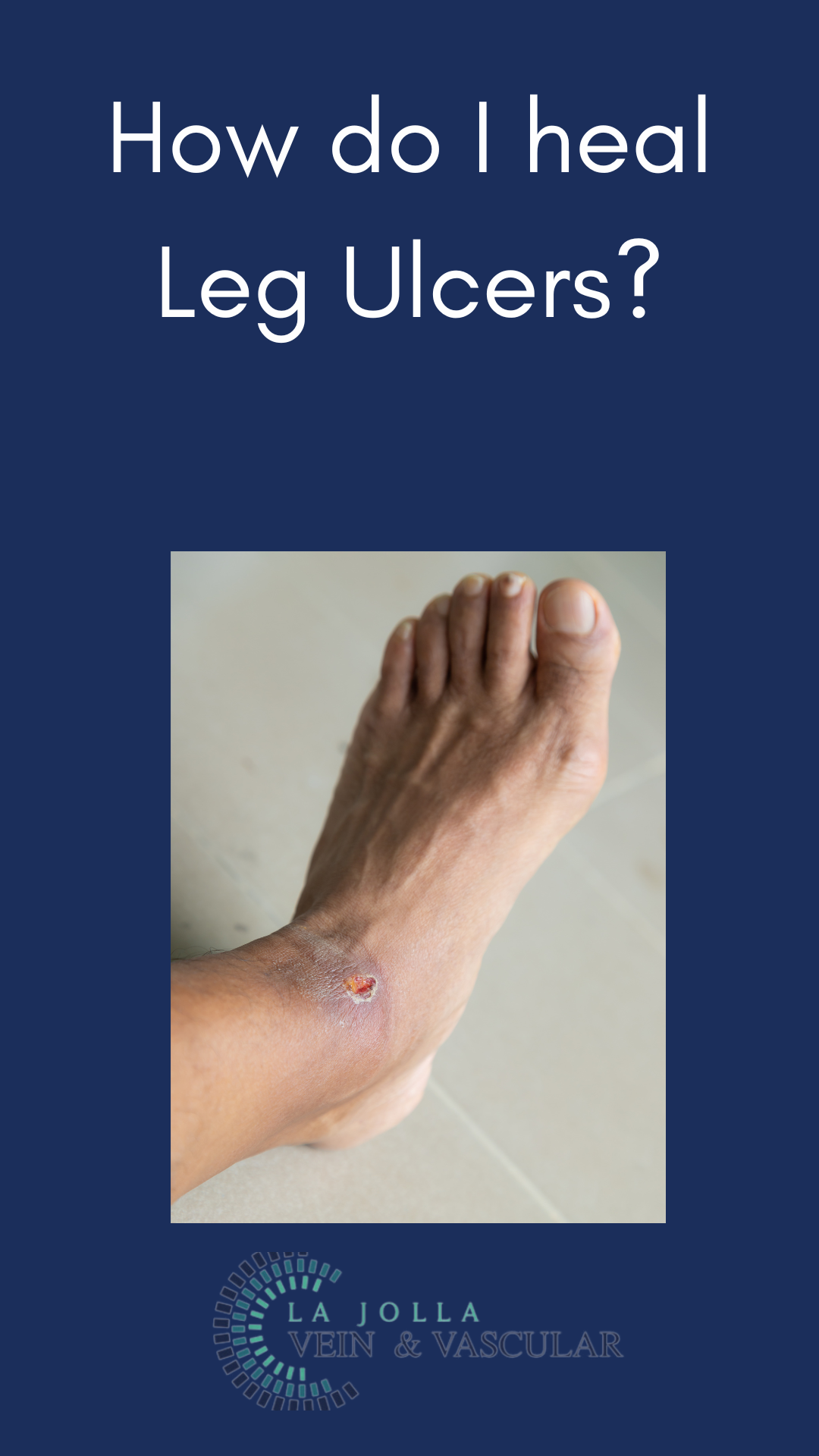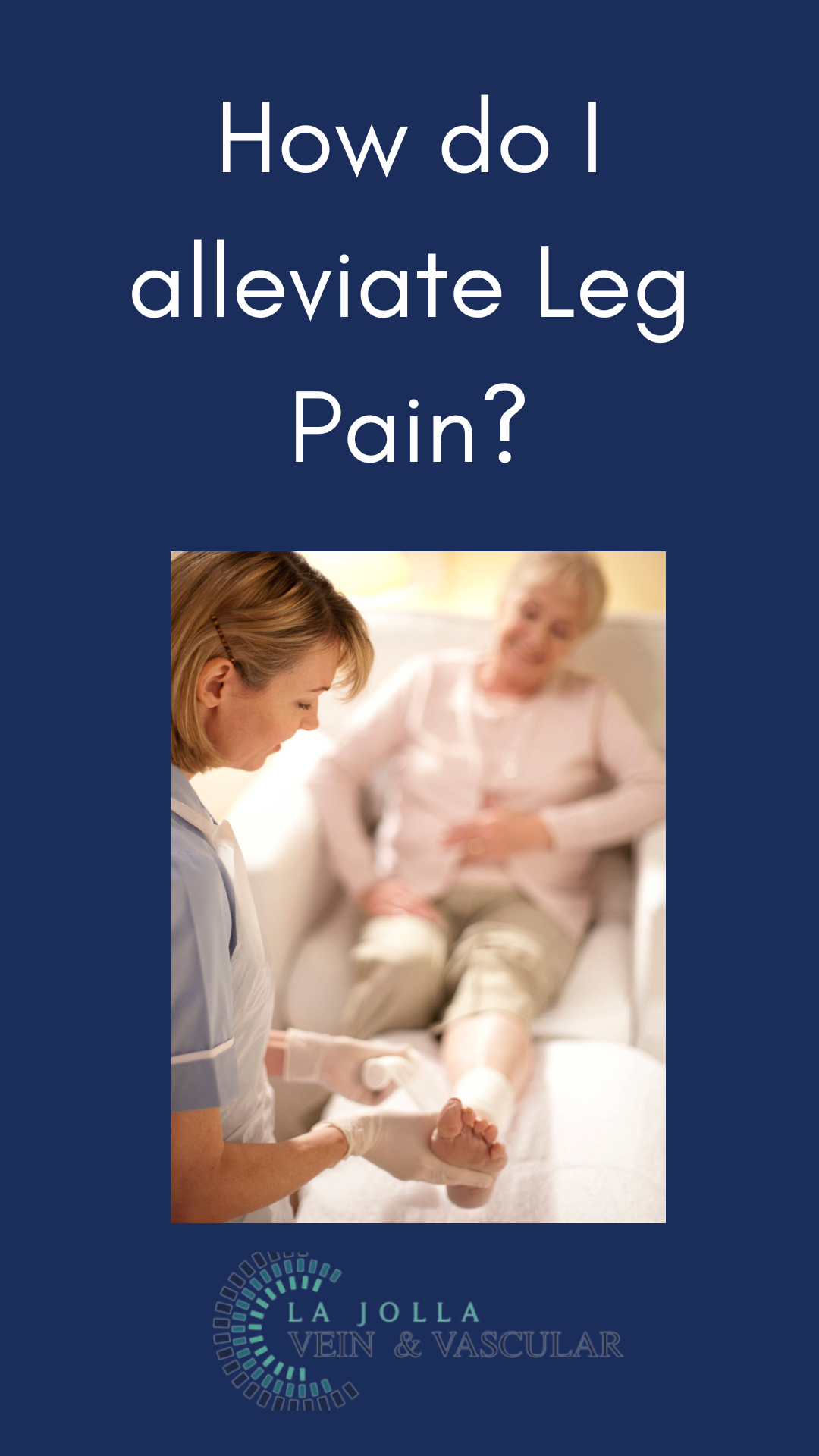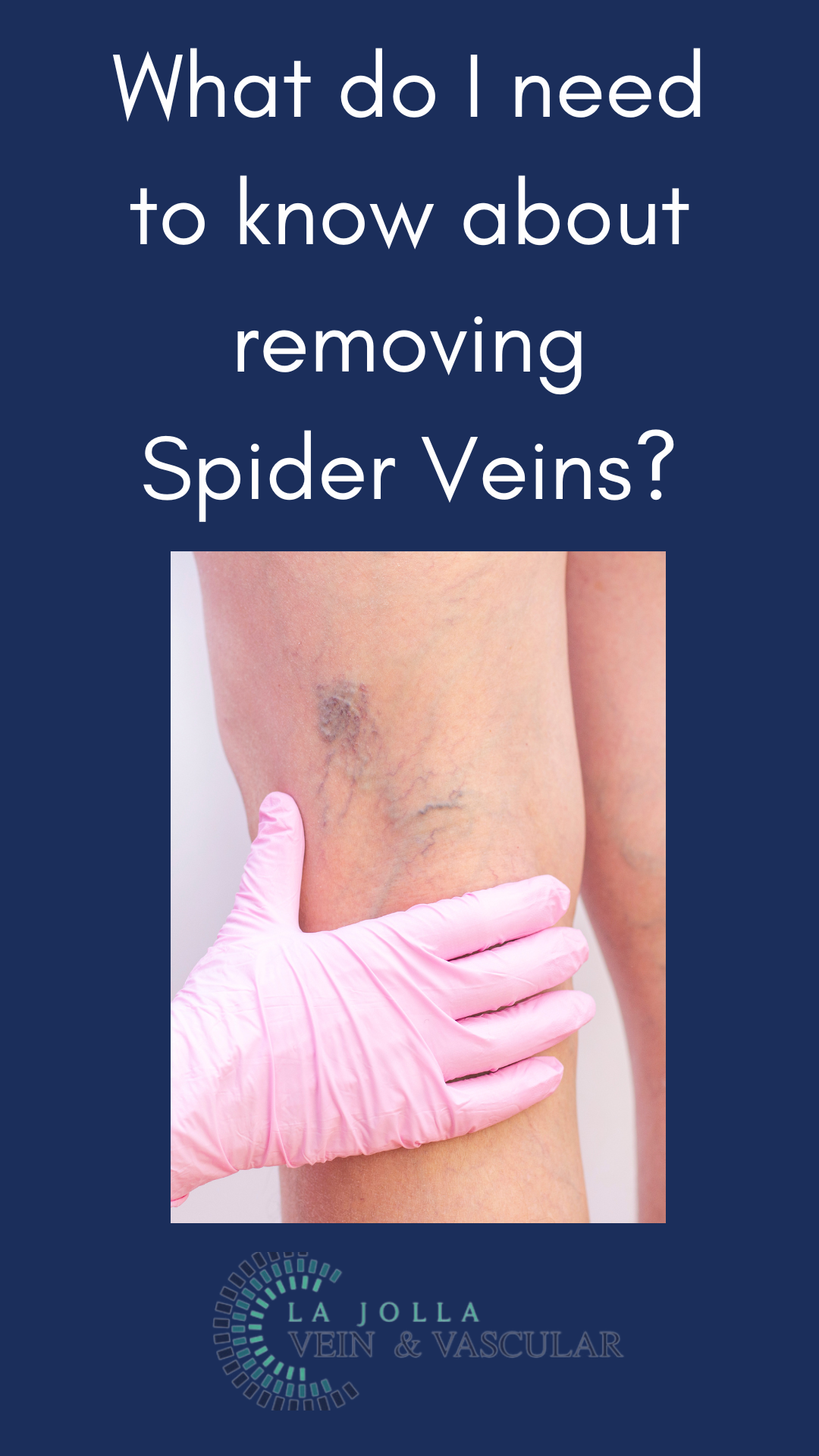What will my legs look like after varicose vein removal?
LJVascular2024-07-06T17:51:45-07:00“Revitalizing Vitality: A Journey through Varicose Vein Transformation”
Varicose veins, those twisted and bulging veins visible beneath the skin’s surface, can cause significant concern for many individuals. While predominantly appearing in the legs, they can manifest in other parts of the body as well. This article delves into the realm of […]

